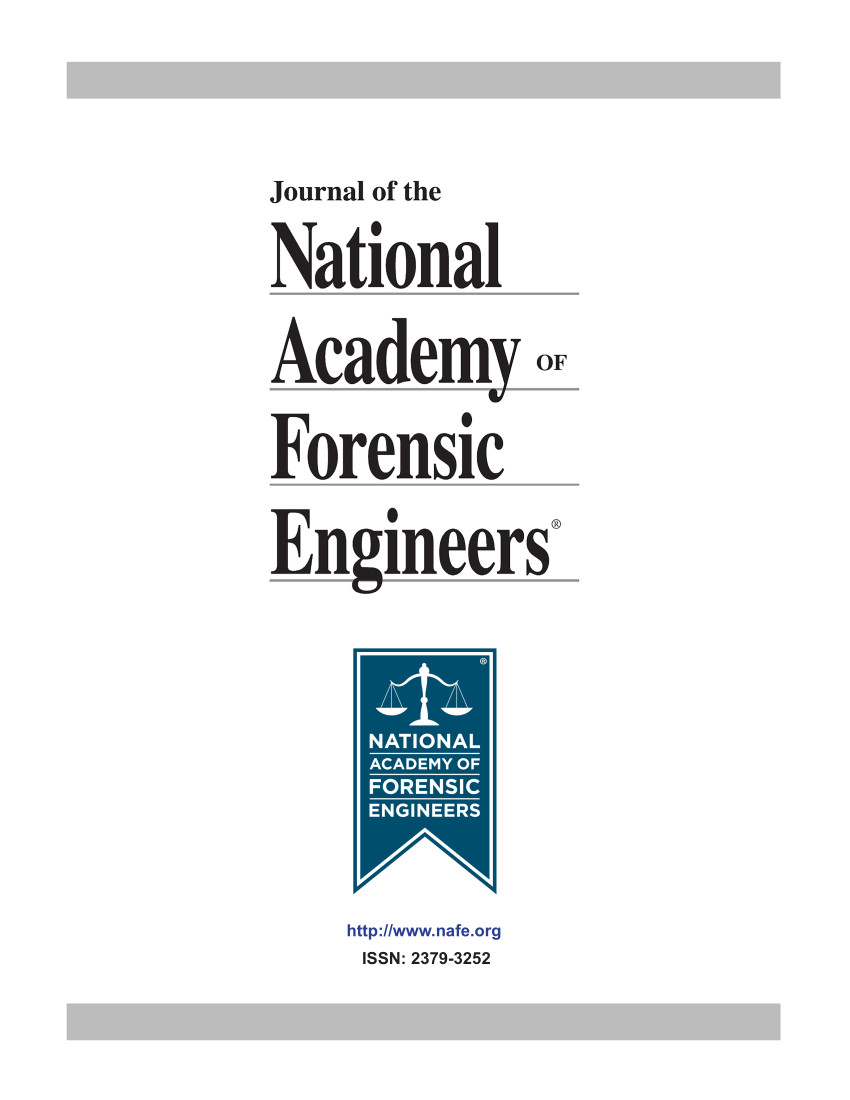Leaning Bridge Piers
DOI:
https://doi.org/10.51501/jotnafe.v4i2.424Abstract
Relocation of a major county road in the Midwest required the construction of a five-span, 3 19 foot long bridge over a creek. Each pier consisted of a reinforced concrete panel 56 feet high, 22 feet wide and 2 feet thick, with a top cap and a footing. All footings were 10 by 26 by 2 feet in size and were founded on shale at depths varying from 15 to 20 feet beneath the existing alluvium. As specified by the design engineer, after the piers had been completed, the approach fills were installed with normal earth moving equipment. After the abutment piling with caps had been constructed, it was discovered by span measurements that the piers were out of plumb. One was tilted so badly that the design engineer ordered it replaced by the contractor at no cost to the county. He claimed that the procedures and methods of backfilling around the piers were at fault. In response, the contractor said that he had followed the specifications and his whole operation had been witnessed by the dPublished
1987-01-01
How to Cite
Leonard, Roy J. 1987. “Leaning Bridge Piers”. Journal of the National Academy of Forensic Engineers 4 (2). https://doi.org/10.51501/jotnafe.v4i2.424.
Issue
Section
Articles
License
Copyright (c) 1987 National Academy of Forensic Engineers

This work is licensed under a Creative Commons Attribution-NoDerivatives 4.0 International License.
All rights © Journal of the National Academy of Forensic Engineers.
Full statement regarding the author's license of copyright to the NAFE is shown on the Copyright section of the Submissions Page.






